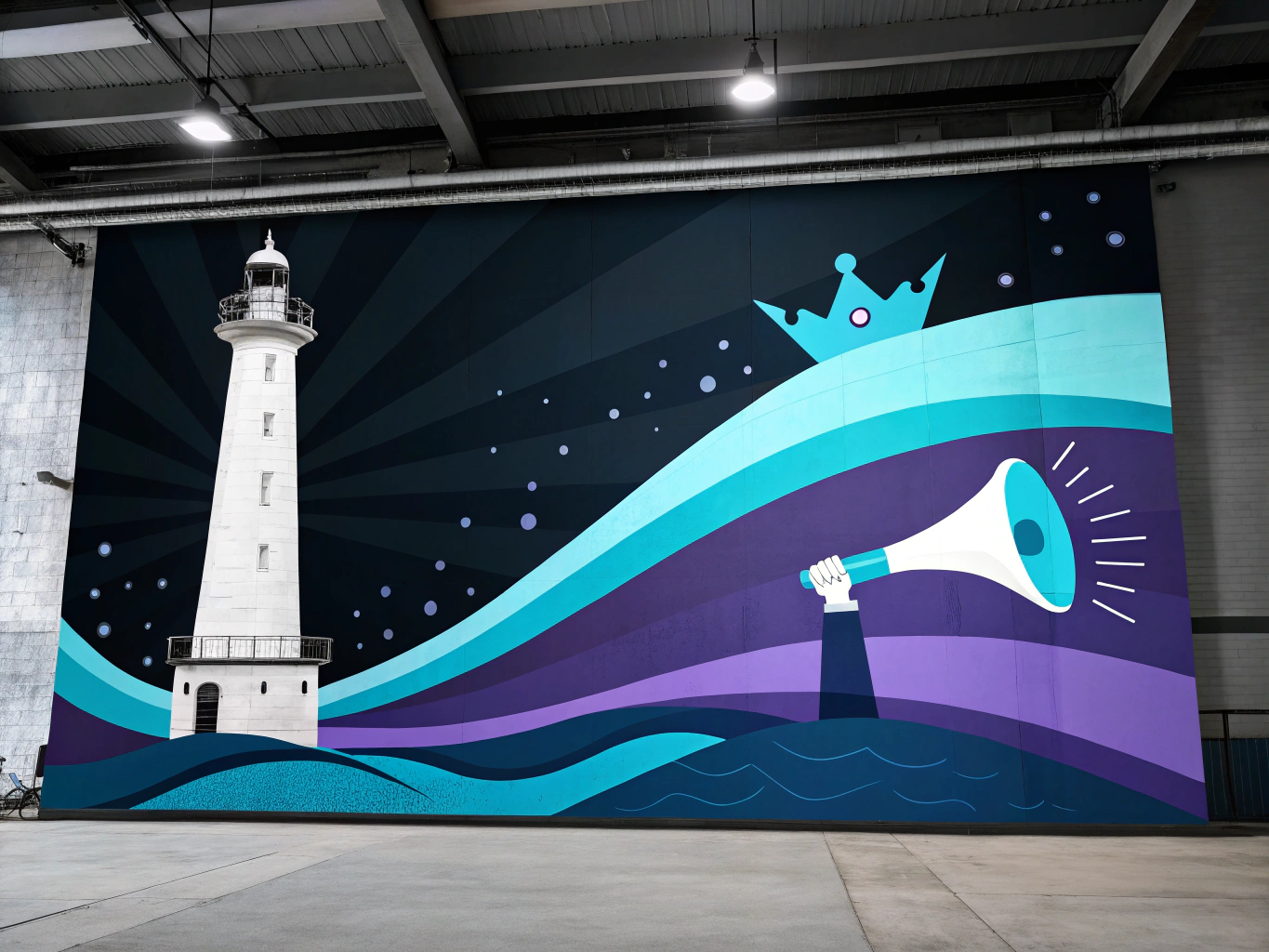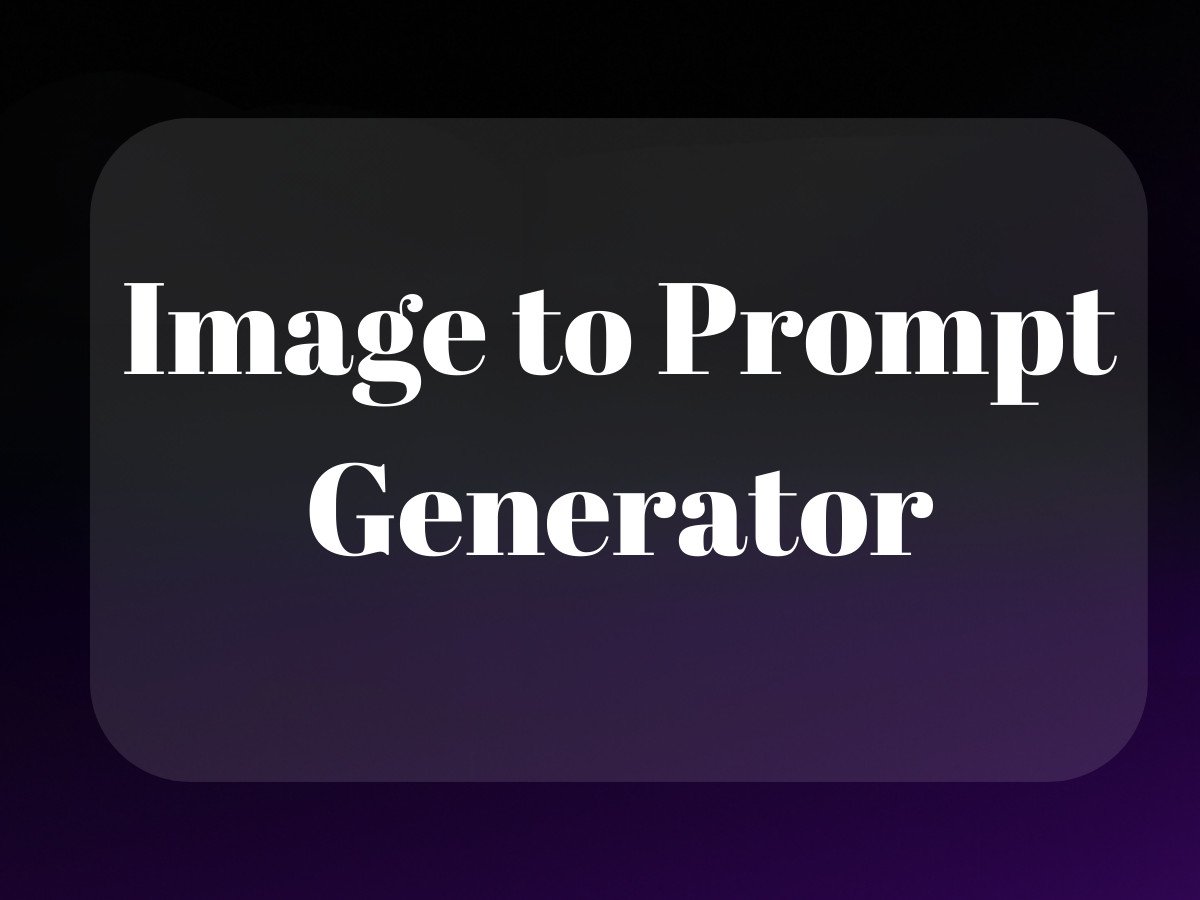Let’s be honest – selling on Amazon in 2024 feels a bit like being a street vendor in Times Square. The potential foot traffic is incredible, but standing out? That’s where things get interesting.

I’ve spent the last decade watching Amazon evolve from a simple marketplace into what I like to call “the everything algorithm” – a complex ecosystem where success depends as much on understanding machine learning as it does on having a great product. And trust me, as someone who’s helped hundreds of brands navigate this space, the rules of the game keep changing.
How to Increase Sales on Amazon: Understanding the New Landscape
Remember when simply having a decent product and a few good reviews was enough? Those days are gone, my friend. Amazon’s marketplace has become a sophisticated digital battlefield where over 9.7 million sellers globally compete for attention. That’s more competitors than there are people in New York City.
But here’s the thing – while everyone’s obsessing over the latest “hack” or “secret technique,” they’re missing the fundamental shift in how Amazon’s ecosystem actually works. It’s not just about gaming the algorithm anymore; it’s about understanding how to work with it.
The Algorithm: Your Silent Business Partner
Think of Amazon’s A9 algorithm as less of a mysterious black box and more like a meticulous business partner who’s incredibly particular about how things should be done. This partner has three main obsessions:
- Relevance: How well your product matches what customers are searching for
- Performance: Your sales velocity, conversion rate, and customer satisfaction metrics
- Customer experience: The complete journey from search to purchase to delivery
Starting with the Basics: Listing Optimization That Actually Works

I see too many sellers treating their product listings like they’re writing a technical manual. Your listing isn’t just a spec sheet – it’s your digital storefront, your salesperson, and your brand story all rolled into one.
The Art of Title Optimization
Your title is like a first date – you’ve got about 3 seconds to make an impression before they swipe left. Here’s what actually works in 2024:
- Front-load your most important keywords (but keep it readable)
- Use pipe symbols (|) or dashes (-) to break up information naturally
- Include your brand name, key features, and model number if applicable
Bad example: “Premium High Quality Best Selling Amazing Product For Home Kitchen Use With Great Features”
Good example: “KitchenPro Air Fryer | 6-Quart Digital Display | 7 Cooking Presets | Dishwasher Safe”
Product Descriptions That Convert
Here’s where most sellers get it wrong – they focus on features instead of telling a story. Your description should answer one simple question: “How will this product make my customer’s life better?”
I recently worked with a kitchen brand that was struggling with sales. Their original description was a wall of specifications. We rewrote it to start with: “Imagine coming home after a long day and having a crispy, restaurant-quality meal ready in 15 minutes – without the guilt of deep frying.” Sales increased by 47% in the first month.
Visual Optimization: The Game Changer
Let’s talk about images – the most underutilized weapon in your Amazon arsenal. Here’s what’s working now:
- Use all 7-9 image slots (yes, all of them)
- Include lifestyle shots showing the product in use
- Add infographics comparing your product to competitors
- Include size reference images with common objects
The brands I work with that implement comprehensive visual strategies typically see a 25-35% increase in conversion rates. It’s not just about showing your product – it’s about answering every possible question a customer might have before they even ask it.
The Review Strategy Nobody Talks About
Reviews are currency on Amazon, but here’s what most sellers miss: it’s not just about quantity. The Amazon Vine program is great for getting those initial reviews, but the real magic happens when you start generating what I call “narrative reviews” – detailed, specific feedback that actually helps sell your product.
How do you get these? By focusing on the post-purchase experience. Create insert cards that guide customers to leave specific types of feedback. Don’t just ask for a review – ask them to share their experience with specific features or use cases.
Advanced Marketing Strategies That Actually Work
Here’s the thing about selling on Amazon in 2024: what worked even a year ago probably won’t cut it anymore. I’ve seen countless sellers throw money at basic PPC campaigns and wonder why their sales aren’t skyrocketing. The marketplace has evolved, and so should your strategies.
Amazon PPC: Beyond the Basics
Let’s talk about PPC campaigns, but not the “set it and forget it” kind that most sellers default to. Think of Amazon’s advertising platform like a sophisticated chess game – every move matters, and you need to think several steps ahead.
First off, forget about targeting just the obvious keywords. Your competitors are already there, driving up costs. Instead, I’ve found success with what I call the “long-tail ladder” approach: Start with highly specific, low-competition keywords that actually convert, then gradually expand to broader terms as your campaign data gives you confidence.
For example, instead of bidding on “yoga mat,” target “eco-friendly cork yoga mat for hot yoga.” Yes, the search volume is lower, but the intent is crystal clear. And here’s the kicker – your cost per acquisition often ends up being 30-40% lower.
External Traffic: The Secret Weapon Nobody Talks About
Amazon’s algorithm loves external traffic. It’s like bringing your own party guests – Amazon notices and starts treating your listing with more respect. But here’s where most sellers mess up: they drive random traffic without a strategy.
I’ve tested this extensively with our clients at ProductScope AI, and the data is clear: qualified external traffic can boost your organic ranking by up to 40% faster than relying solely on internal Amazon traffic. Think about it – Amazon wants to be the everything store, but they love it even more when you bring customers to them.
Building Your Brand Authority

Let’s get real about brand building on Amazon. It’s not just about slapping your logo on everything and calling it a day. The platform has evolved into a sophisticated brand-building machine – if you know how to use it.
Amazon Brand Registry: Your Secret Weapon
Brand Registry isn’t just some bureaucratic hoop to jump through. It’s your ticket to the good stuff. I’m talking A+ Content, Brand Analytics, and Sponsored Brands campaigns. But here’s what most sellers miss: it’s not about using these features – it’s about using them strategically.
Think of Brand Registry as your backstage pass. Sure, you can hang out backstage, but wouldn’t you rather use that access to put on an amazing show? That’s where A+ Content comes in. Don’t just throw up some pretty pictures and call it a day. Use it to tell your brand story in a way that actually connects with customers.
Customer Engagement That Actually Works
Here’s a truth bomb: most Amazon sellers are terrible at customer engagement. They either ignore it completely or spam customers with desperate review requests. There’s a better way.
We’ve found that creating what I call “micro-moments of delight” throughout the customer journey can increase repeat purchase rates by up to 28%. This could be as simple as including a thoughtful insert card or following up with genuinely helpful usage tips rather than just begging for reviews.
Data-Driven Decision Making
Look, I’m a tech guy. I love data. But I’ve seen too many sellers get paralyzed by analytics without actually taking action. The key is knowing which metrics actually matter for your business growth.
Analytics That Actually Matter
Forget vanity metrics. I don’t care how many page views your listing gets if they’re not converting. Focus on these core metrics:
- Unit Session Percentage (conversion rate)
- PPC ACoS (Advertising Cost of Sale)
- Organic ranking velocity for your main keywords
- Customer lifetime value (yes, you can track this on Amazon)
But here’s the crucial part – data without context is just numbers. You need to understand the story behind the metrics. If your conversion rate drops, is it because of a competitor’s new listing, or did Amazon change their algorithm again? This is where being part of seller communities and staying updated on Amazon’s changes becomes crucial.
Conversion Rate Optimization: The Smart Way
Everyone talks about CRO, but few do it right. It’s not about making random changes and hoping for the best. It’s about systematic testing based on actual customer behavior.
One approach that’s worked well for our clients is what I call the “micro-testing framework.” Instead of overhauling your entire listing at once, test small changes systematically. Maybe it’s tweaking your main image, adjusting your bullet points, or testing different price points. The key is to make these changes in isolation so you can actually attribute results to specific changes.
Building Long-Term Customer Loyalty on Amazon

Look, here’s something most Amazon sellers don’t want to hear: getting sales isn’t the hard part. Keeping customers coming back? That’s where the real challenge (and magic) happens. And in 2024’s increasingly AI-driven marketplace, the human touch matters more than ever.
I’ve seen countless sellers throw money at PPC campaigns and obsess over keyword optimization – which, don’t get me wrong, are crucial. But they’re missing the bigger picture. The real goldmine is in building what I call “customer memory” – making your brand stick in buyers’ minds long after they’ve clicked “Buy Now”.
The Psychology of Amazon Customer Retention
Think of Amazon like a massive digital mall where every store looks practically identical. Your job isn’t just to make a sale – it’s to make your brand memorable enough that customers can find their way back to you in this endless sea of options.
Here’s what most sellers get wrong: they treat Amazon like a transactional platform when it’s actually a relationship-building tool. Every interaction, from your product images to your response to a negative review, is an opportunity to build trust and recognition.
Advanced Customer Engagement Strategies That Actually Work
Let me share something that transformed my approach to Amazon sales: start thinking of your product listings as ongoing conversations rather than one-time pitches. Here’s how:
- Create post-purchase email sequences that actually provide value (not just begging for reviews)
- Develop insert cards that tell your brand story and offer genuine value
- Build a social media presence that showcases your product in real-world contexts
- Use Amazon Posts to share lifestyle content that resonates with your target audience
Leveraging Amazon’s Brand Analytics for Better Decision Making
Amazon’s Brand Analytics is like having a crystal ball for your business – if you know how to read it right. The data here isn’t just numbers; it’s the collective voice of your customers telling you exactly what they want.
Focus on these metrics to make informed decisions:
- Search term performance over time (not just current rankings)
- Customer behavior patterns during different seasons
- Demographics data to refine your targeting
- Market basket analysis to identify cross-selling opportunities
Future-Proofing Your Amazon Business
Let’s talk about something that keeps me up at night: the future of ecommerce. The landscape is changing faster than ever, and if you’re not preparing for tomorrow’s challenges today, you’re already falling behind.
Embracing AI and Automation (Without Losing Your Soul)
AI isn’t coming to Amazon – it’s already here. From pricing algorithms to inventory management, artificial intelligence is reshaping how we sell. But here’s the twist: the winners won’t be those who completely automate everything, but those who find the sweet spot between automation and authenticity.
I’ve seen sellers go all-in on automation tools and watch their customer connection crumble. Instead, use AI to handle the mundane tasks while you focus on what machines can’t replicate: genuine customer relationships and innovative product development.
Sustainability: The Next Frontier of Amazon Success
Environmental consciousness isn’t just a trend – it’s becoming a major purchasing factor for Amazon customers. Brands that ignore this shift are leaving money on the table. Consider:
- Eco-friendly packaging options
- Carbon-neutral shipping programs
- Sustainable product alternatives
- Transparent supply chain practices
For those looking to optimize their sales approach, consider reviewing tips on how to sell on Amazon effectively.
Final Thoughts: The Human Element in Amazon Success
After years of selling on Amazon and helping others do the same, I’ve learned that success comes down to one thing: remembering there’s a human being on the other side of every transaction. In our rush to optimize and automate, we sometimes forget this fundamental truth.
The most successful Amazon sellers aren’t just great at managing inventory or running PPC campaigns – they’re excellent at understanding and connecting with their customers. They know that while AI and automation can help scale operations, it’s the human touch that builds lasting brands.
Remember: Amazon isn’t just a marketplace – it’s a platform for building relationships at scale. Your success depends on how well you can balance the technical aspects of selling with the very human elements of trust, connection, and value creation.
The future of Amazon selling belongs to those who can harness the power of technology while maintaining their humanity. It’s not about choosing between being tech-savvy or customer-focused – it’s about being both.
Now go forth and build something amazing. Your customers are waiting.
For sellers looking to expand their reach, understanding how to publish a book on Amazon can be a game-changer.
Exploring Walmart photo cards might offer insights into diversifying sales channels.
If you’re considering selling on different platforms, you might be asking yourself, do you need a business license to sell on Shopify?
Learning how to buy on Shopify can also be crucial for expanding your business.
Don’t miss the opportunities offered by the eBay International Shipping Program for global reach.
Finally, check out our Amazon listing optimization tool to enhance your product visibility.
Take note of these 5 Amazon SEO mistakes to avoid for better performance.
Related Articles:
- Amazon Search Engine Marketing: What You Need to Know
- Amazon Cross-Selling Methods: Ultimate Guide to Boost Sales
- How AI Transforms Amazon Listings into Irresistible Buyer Magnets
Frequently Asked Questions
How to set up an amazon store?
To set up an Amazon store, you begin by registering for an Amazon Seller account. Choose between an Individual or Professional plan based on your sales volume and needs. Once registered, you’ll need to verify your identity and provide necessary tax information. After setting up your account, you can start listing your products, customizing your store’s layout, and optimizing product descriptions for better visibility.
How to increase sales on amazon?
To increase sales on Amazon, focus on optimizing your product listings with high-quality images and descriptive titles. Implement strategic pricing by researching competitors and utilizing Amazon’s pricing tools. Enhance your visibility through Amazon Advertising and encourage positive reviews to build trust and boost your rankings. Additionally, consider utilizing Fulfillment by Amazon (FBA) to offer faster shipping options to your customers.
How to increase sales on Amazon FBA?
Increasing sales on Amazon FBA involves leveraging the benefits of Amazon’s logistics network to offer fast shipping and prime eligibility. Optimize your inventory management to avoid stockouts and ensure timely restocking. Utilize Amazon’s advertising services to drive traffic to your listings and enhance your product descriptions to improve conversion rates. Engaging in competitive pricing and participating in Amazon promotions or deals can also significantly boost sales.
How to increase sales on amazon marketplace?
To increase sales on the Amazon Marketplace, ensure that your product listings are fully optimized with relevant keywords and engaging content. Take advantage of Amazon’s marketing tools, such as Sponsored Products and Sponsored Brands, to increase visibility. Maintaining a high seller rating through excellent customer service and prompt responses can enhance your reputation. Diversifying your product range and staying updated with market trends can also lead to increased sales.
How to increase book sales on amazon?
To increase book sales on Amazon, focus on crafting compelling book descriptions and utilizing relevant keywords for better searchability. Encourage reviews from readers to build credibility and use Amazon’s Author Central to create an engaging author page. Consider running targeted Amazon Ads campaigns to reach a wider audience. Participating in Kindle promotions and offering discounts or bundles can also attract more buyers to your books.
About the Author
Vijay Jacob is the founder and chief contributing writer for ProductScope AI focused on storytelling in AI and tech. You can follow him on X and LinkedIn, and ProductScope AI on X and on LinkedIn.
We’re also building a powerful AI Studio for Brands & Creators to sell smarter and faster with AI. With PS Studio you can generate AI Images, AI Videos, Chat and Automate repeat writing with AI Agents that can produce content in your voice and tone all in one place. If you sell on Amazon you can even optimize your Amazon Product Listings or get unique customer insights with PS Optimize.
🎁 Limited time Bonus: I put together an exclusive welcome gift called the “Formula,” which includes all of my free checklists (from SEO to Image Design to content creation at scale), including the top AI agents, and ways to scale your brand & content strategy today. Sign up free to get 200 PS Studio credits on us, and as a bonus, you will receive the “formula” via email as a thank you for your time.




